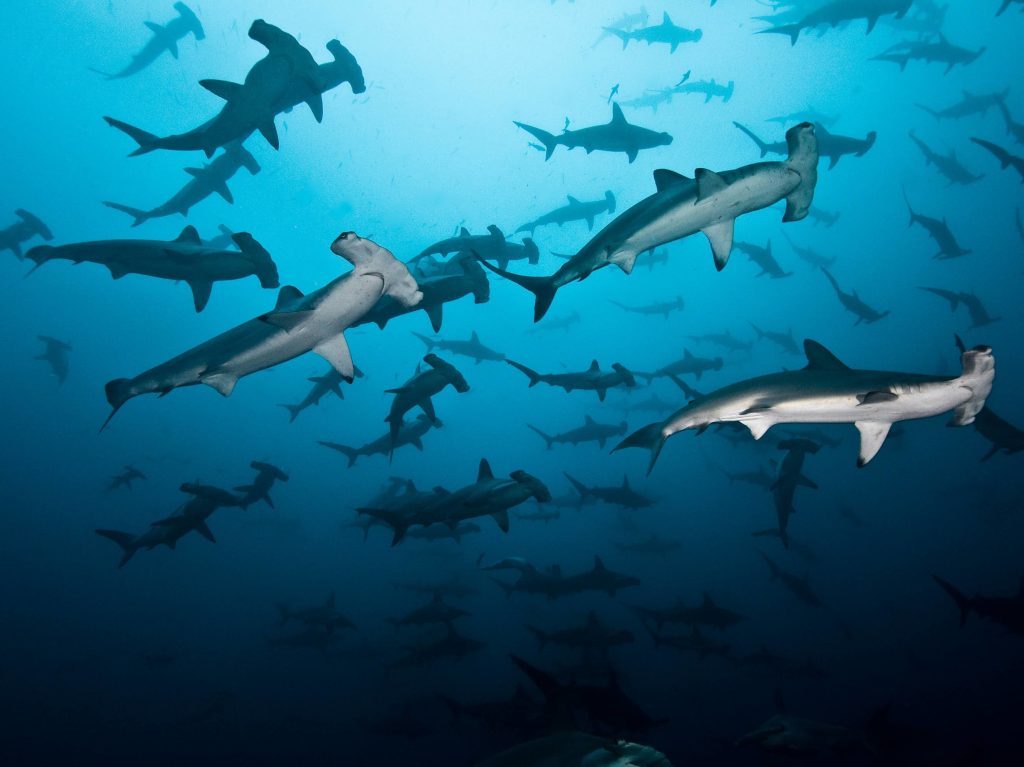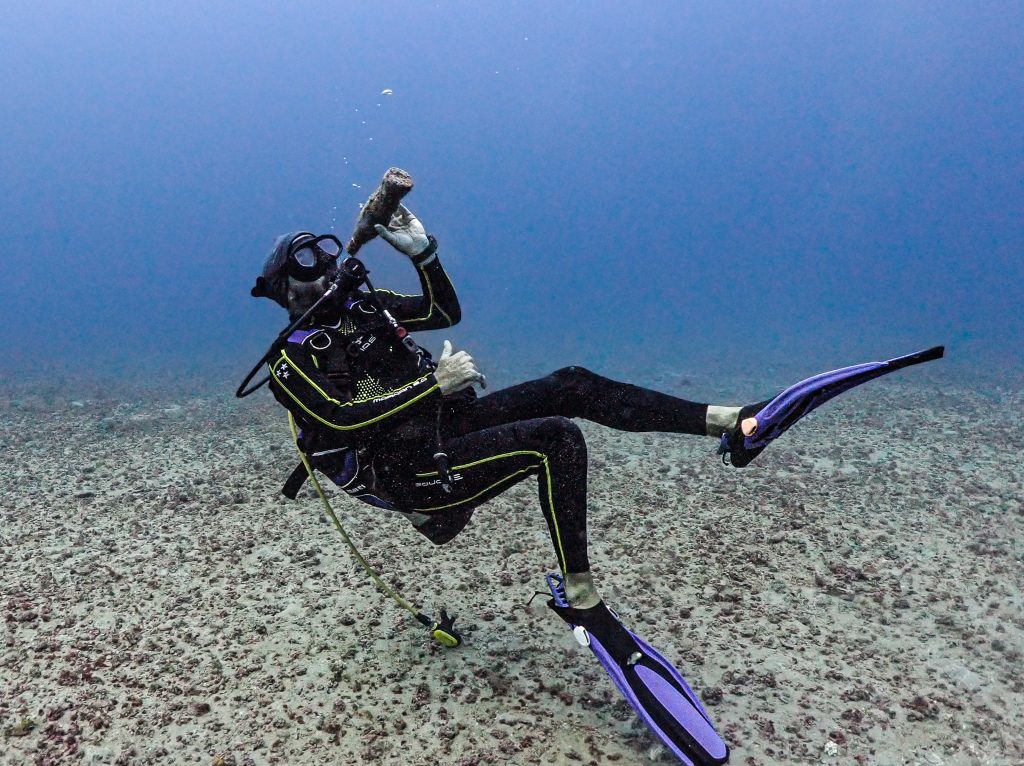This guide will help you plan your visit to Caño Island Biological Reserve—whether you’re an adventure seeker, nature lover, or history enthusiast, this destination has something for everyone.
What is Caño Island?
Caño Island, located off Costa Rica’s southern Pacific coast, is a small, pristine island known for its rich biodiversity and historical significance. Positioned 32 miles from Uvita and 13 miles from Bahía Drake, Caño Island Biological Reserve is a protected area that offers unique opportunities for diving, snorkeling, and wildlife observation. The island is home to some of the best coral reefs in Costa Rica and serves as a critical breeding ground for humpback whales and resident dolphins.
Why Visit Caño Island?
- Biodiversity: The reserve spans 320 hectares of land and 5,800 hectares of marine area. It’s a sanctuary for over 158 plant species and many species of fish, rays, sharks, and sea turtles. The island’s coral reefs are some of the largest on Costa Rica’s Pacific coast, drawing diving enthusiasts worldwide.
- Archaeological Significance: Caño Island was once inhabited by pre-Columbian civilizations, with stone spheres being its most mysterious artifacts. These massive orbs date back to 1500 A.D., and their creation remains one of archaeology’s greatest puzzles.
- Diving and Snorkeling: With crystal-clear waters, the island is a premier destination for snorkeling and diving. Underwater, you’ll find an abundance of marine life, including vibrant coral formations and large species like whale sharks.
Where is Caño Island?
Caño Island is located off the southern Pacific coast of Costa Rica, near the Osa Peninsula in Puntarenas province. It sits about 32 miles from Uvita and 13 miles from Bahía Drake.
- Exact Location:
- Latitude: 8° 44′ 00″ N
- Longitude: 83° 53′ 00″ W
How to Get to Caño Island
Since Isla del Caño is a protected reserve, it’s only accessible by boat. Here are the main departure points for visiting Caño Island:
- From Uvita: Uvita, a tourist-friendly town near Marino Ballena National Park, is one of the most popular starting points. Tours typically leave around 7:00 a.m., with a boat ride of about an hour. On the way, you may spot dolphins and, during the season, humpback whales.
- From Sierpe: Sierpe offers a unique tour option, as the trip includes navigating through stunning mangroves. The boat journey is slightly longer than from Uvita, but the adventure through the Sierpe River mangroves adds to the experience.
- From Drake Bay: For those serious about diving, Drake Bay is the closest departure point to the island. It’s known for having specialized dive operators, making it ideal for a high-quality diving experience.
Top Activities on Caño Island
- Snorkeling and Diving: The island’s coral reefs, marine life, and clear waters make it a haven for snorkelers and divers. If you’re planning to snorkel, the best spots are the designated areas around the island, and diving tours allow you to explore deeper into this underwater paradise.
- Wildlife Watching: Whether on land or at sea, Isla del Caño is a sanctuary for numerous species. Spot humpback whales, sea turtles, and even sharks as you explore the waters. On land, keep an eye out for various bird species like ospreys and crab hawks.
- Exploring Archaeological Sites: Caño Island is rich with history. The stone spheres found here are among Costa Rica’s most intriguing artifacts. Thought to have been created by the Diquís culture, these perfectly round stones add to the island’s mystical allure.
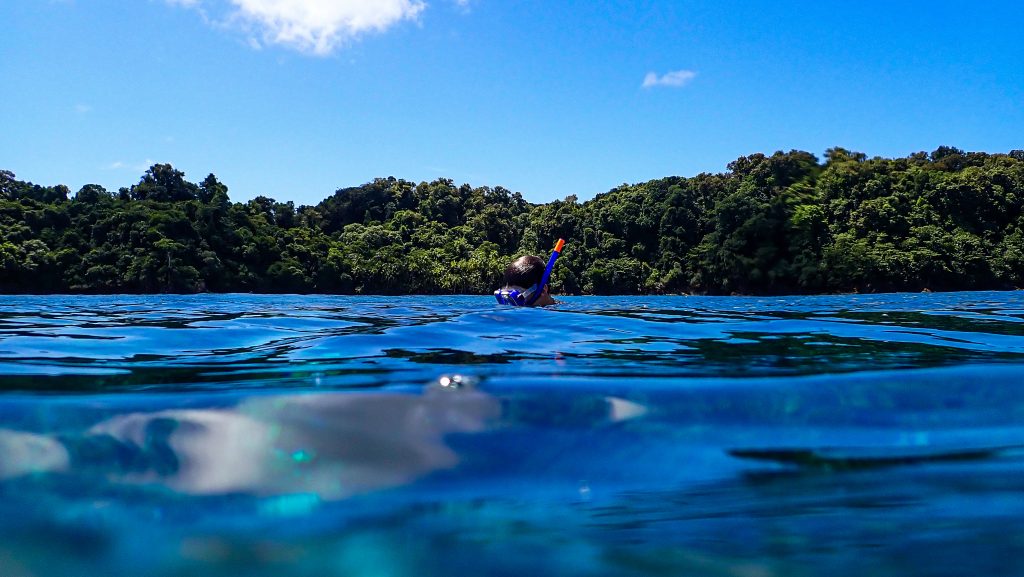
Best Time to Visit Caño Island
Isla del Caño is a year-round destination, but the best time to visit depends on what you’re looking for:
- Dry Season (December to April): This is the ideal time for snorkeling and diving, as the waters are clear, and the weather is sunny. Expect more tourists during these months, but the conditions are perfect for marine exploration.
- Rainy Season (May to October): Though the swell may reduce visibility for diving, this season offers lush landscapes and the opportunity to see humpback whales migrating along the coast from July to October. It’s also a quieter time to visit if you prefer fewer crowds.
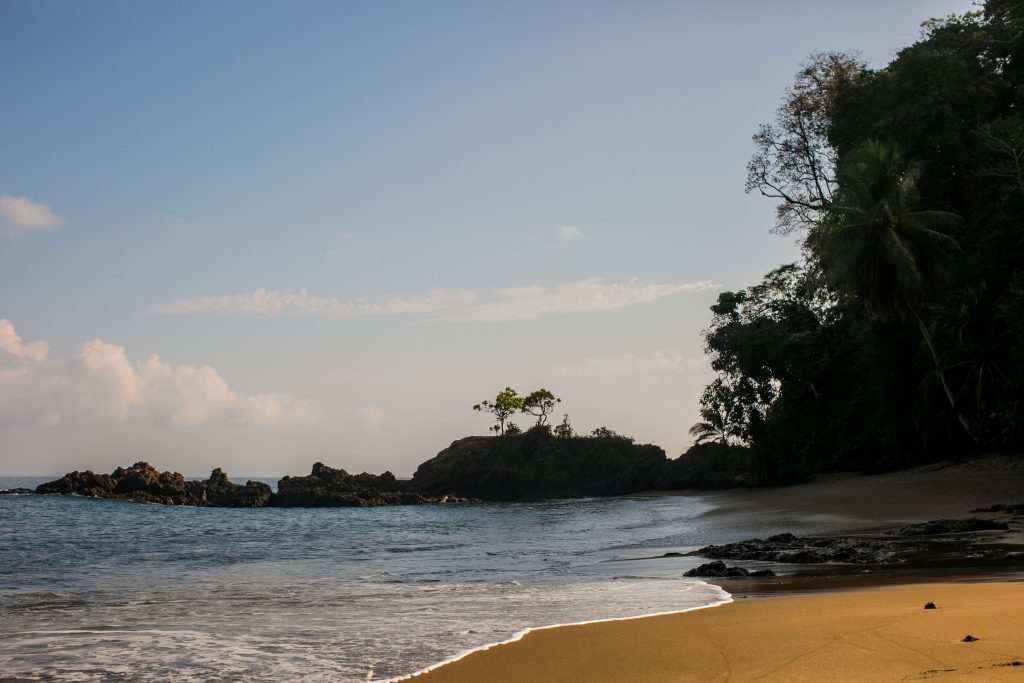
How Much Does a Trip to Caño Island Cost?
The cost of a trip to Isla del Caño depends on the activity and departure location. Here’s a typical breakdown:
- Diving from Uvita: $220
- Snorkeling from Uvita: $160
- Snorkeling from Sierpe: $135
- Diving from Drake Bay: $175
- Snorkeling from Drake Bay: $135
Booking through a certified operator ensures that you get the best price and experience. Whether you’re diving or snorkeling, the unique marine life and pristine beauty of the island make it a worthwhile investment.
Caño Island Biological Reserve Rules
To protect the island’s delicate ecosystem, strict regulations are in place. Here’s what you need to know:
- Reservations: You must book your trip in advance through the Osa Conservation Area or a registered tour operator.
- No Smoking or Alcohol: These are prohibited in all protected areas.
- No Single-Use Plastics: Bring a reusable water bottle to reduce plastic waste.
- Drone Usage: Drones are not allowed without permission.
- Certified Guides: A certified guide is required to visit the island.
- Restricted Areas: Visitors can only access the northern beach, and swimming is not allowed.
Are There Hotels on Caño Island?
No, there are no hotels or accommodations on Caño Island, as Costa Rica’s conservation laws prohibit any development in protected areas. In the 1970s, there was a plan to build a resort, but it was successfully stopped by conservationists. Today, the island remains a pristine natural sanctuary, free from commercial development.
Conclusion
Whether you’re drawn to Caño Island for its rich biodiversity, its mysterious stone spheres, or its incredible marine life, it’s a destination that will leave you in awe. With this guide, you’re now equipped with everything you need to plan a visit to one of Costa Rica’s most treasured locations.
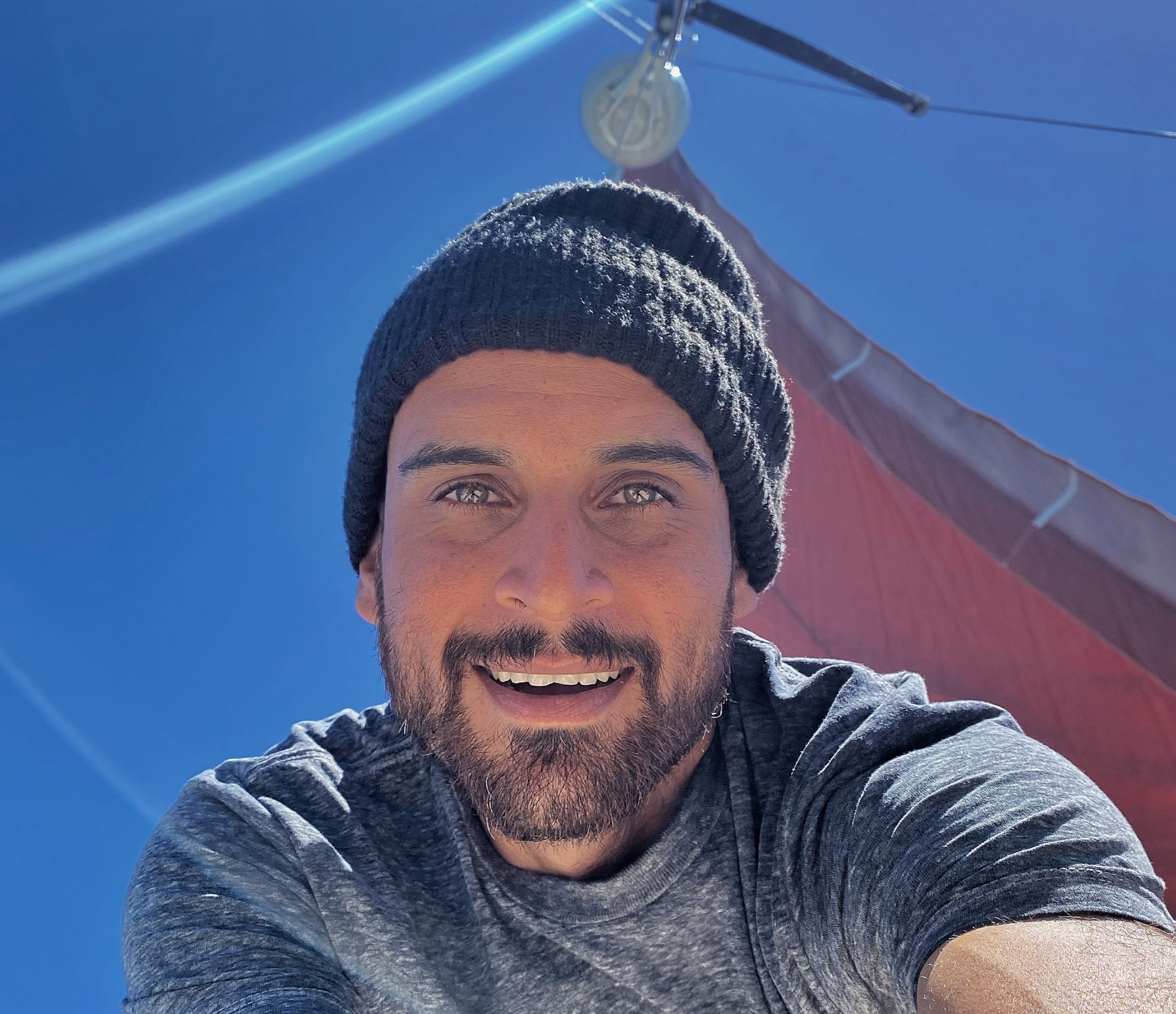
As a Costa Rican diving instructor, I’ve had the privilege of exploring nearly all of my country’s underwater treasures, including the incredible Isla del Coco. After spending a decade guiding diving tours and sharing my love for the ocean, I co-founded a dive center that has grown into one of the most respected in Costa Rica. Together with my brother, we also launched Saltwater Connection, an online travel agency focused on marine adventures. Beyond Costa Rica, I’ve been fortunate to dive around the world, and when I’m not underwater, I find peace in sailing. One of my greatest joys is to show visitors the beauty of Costa Rica, offering them a fresh and unique perspective.
